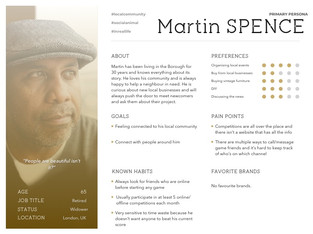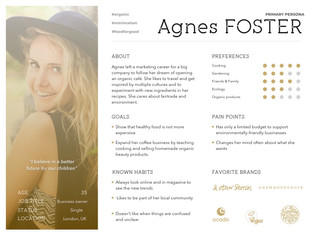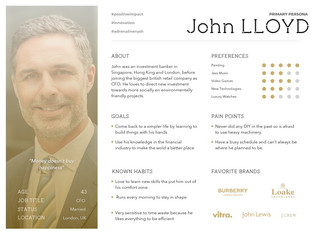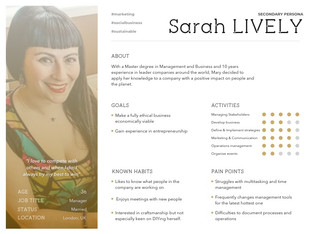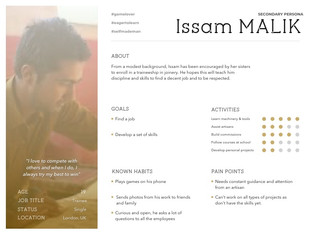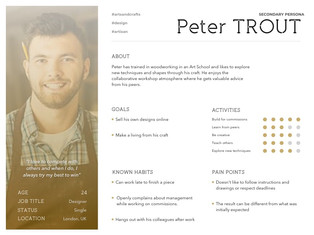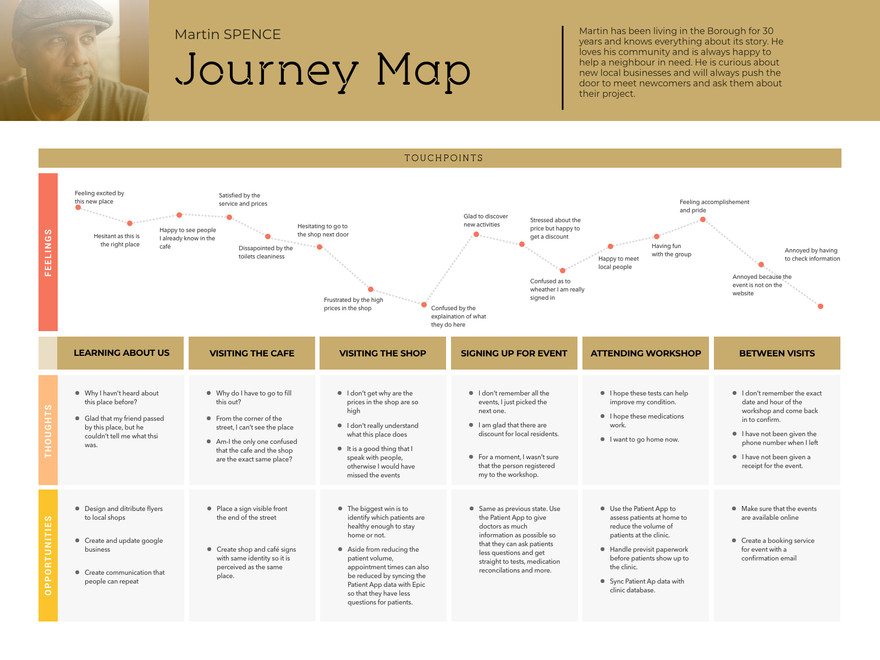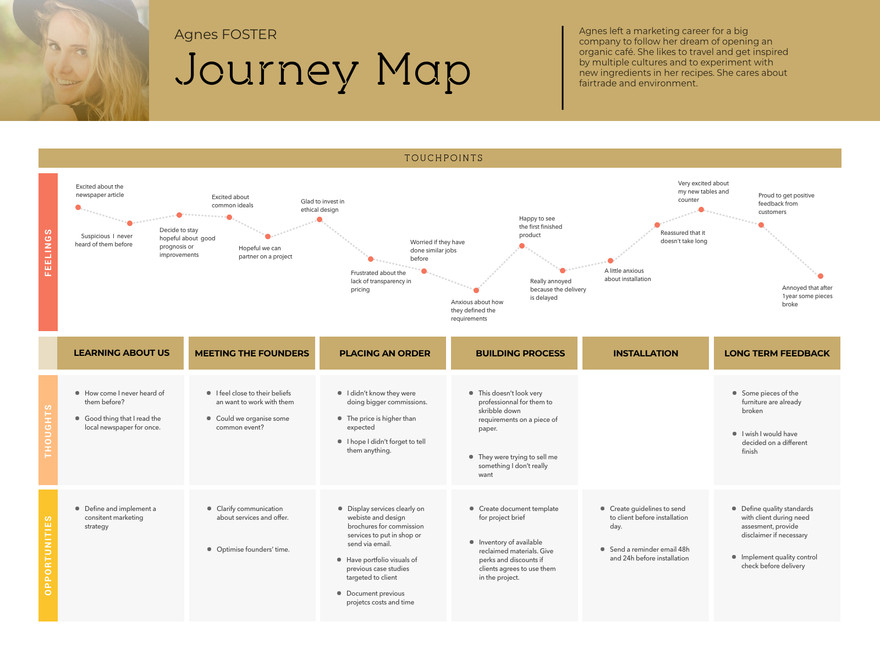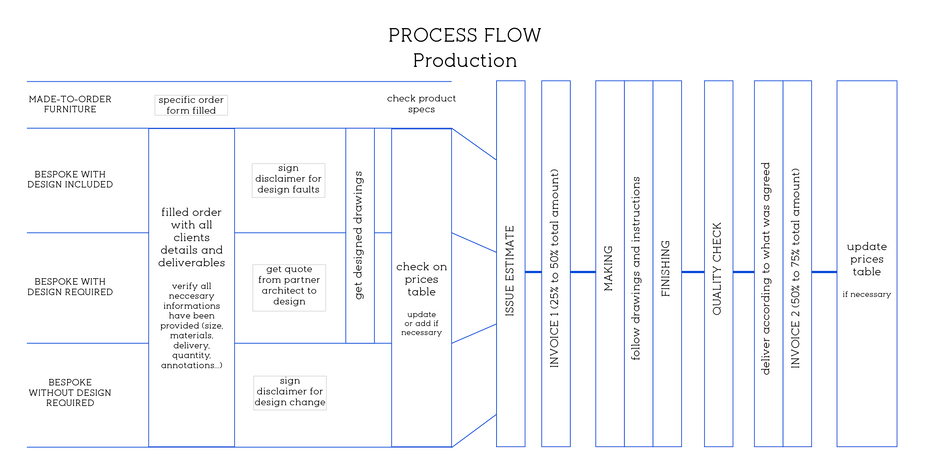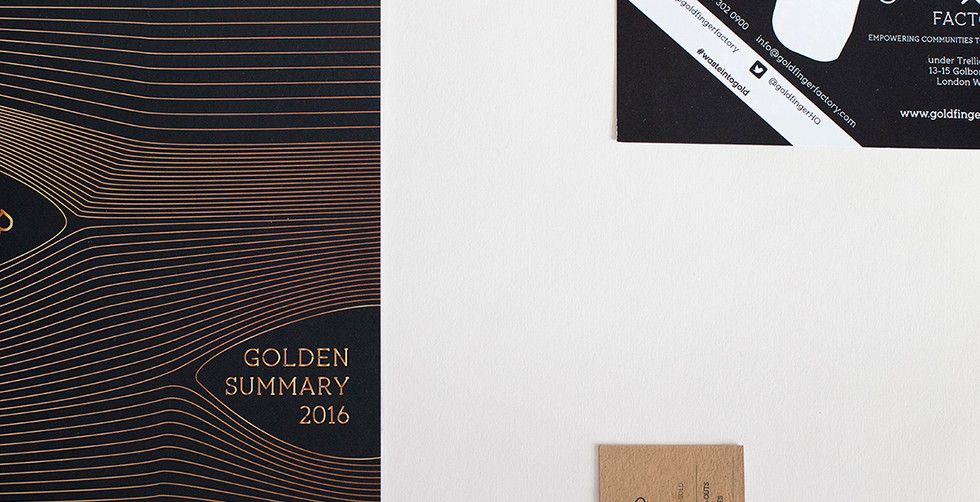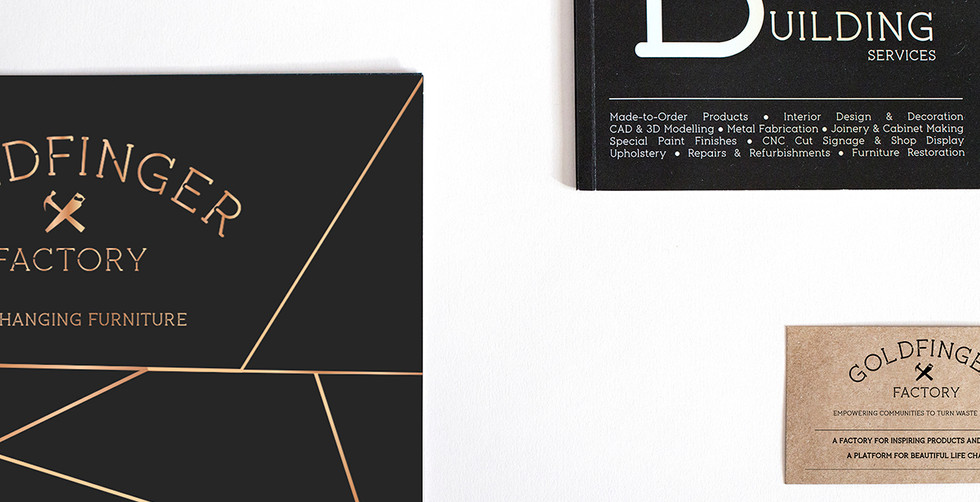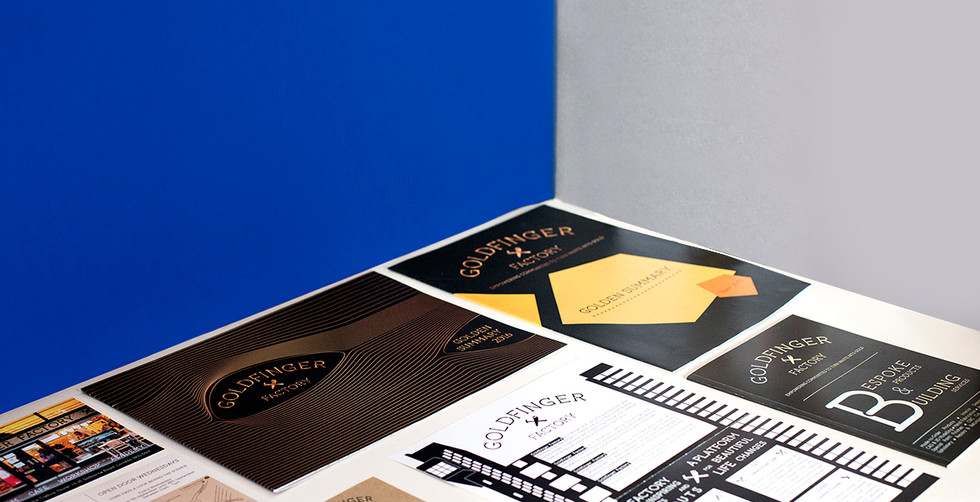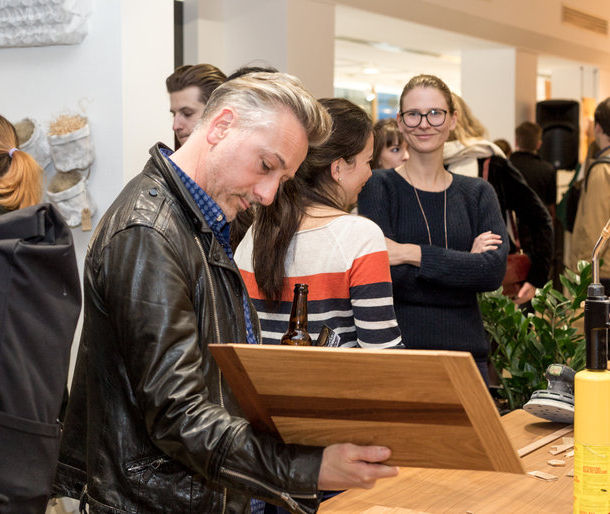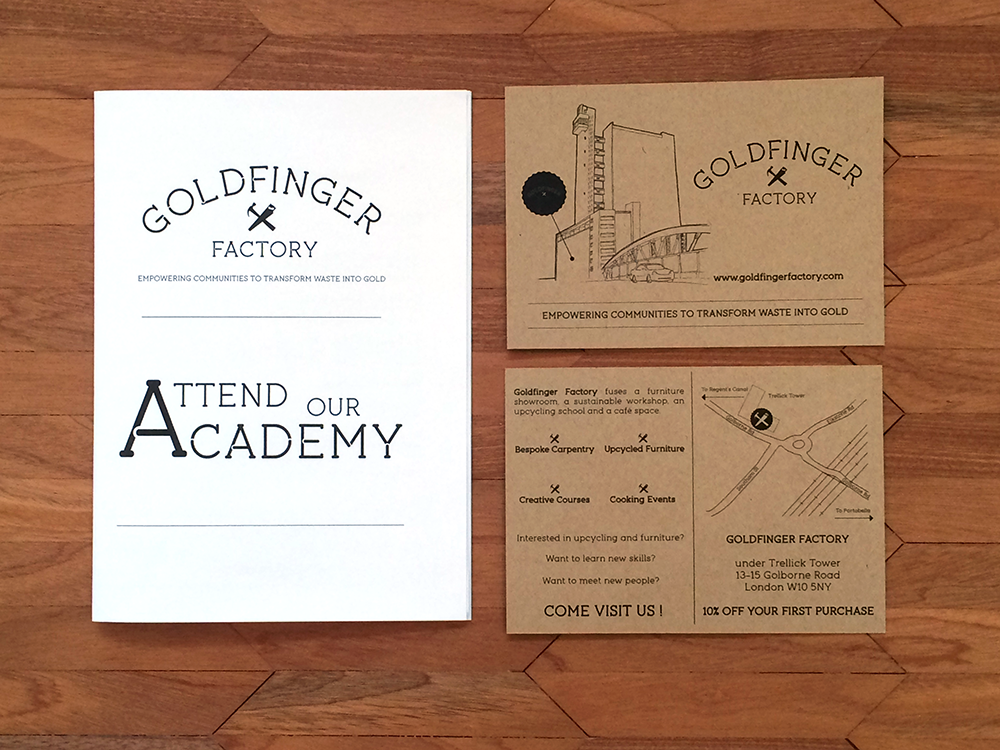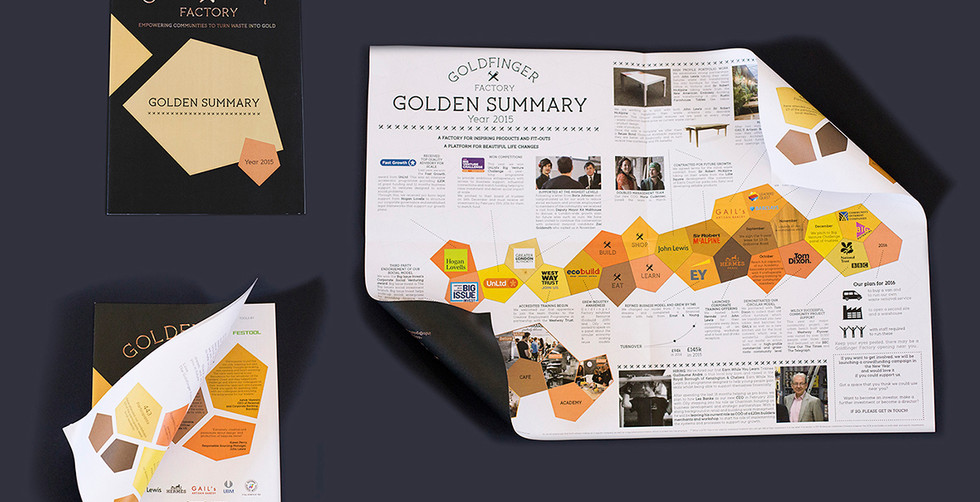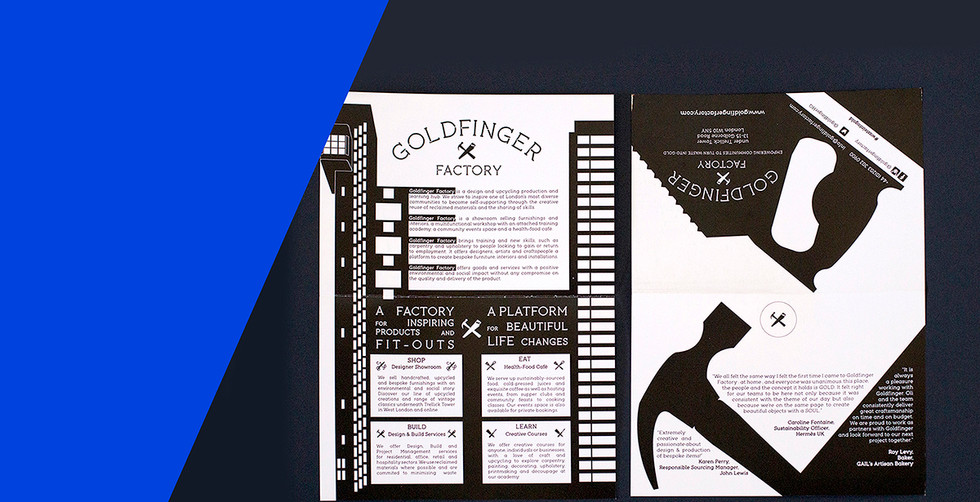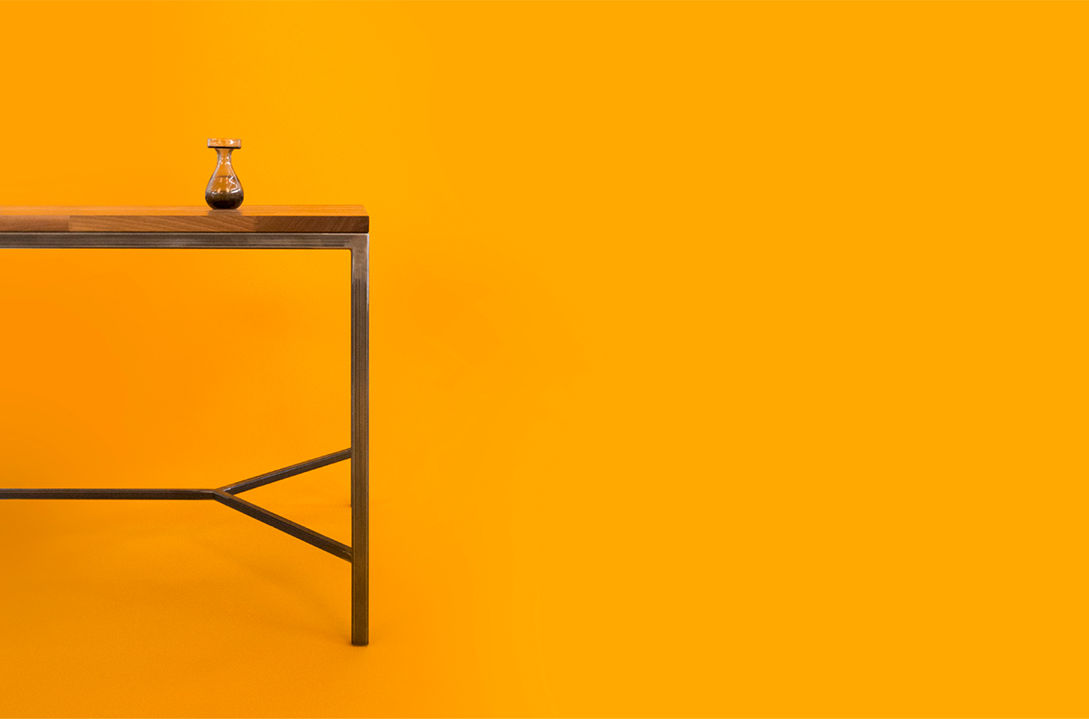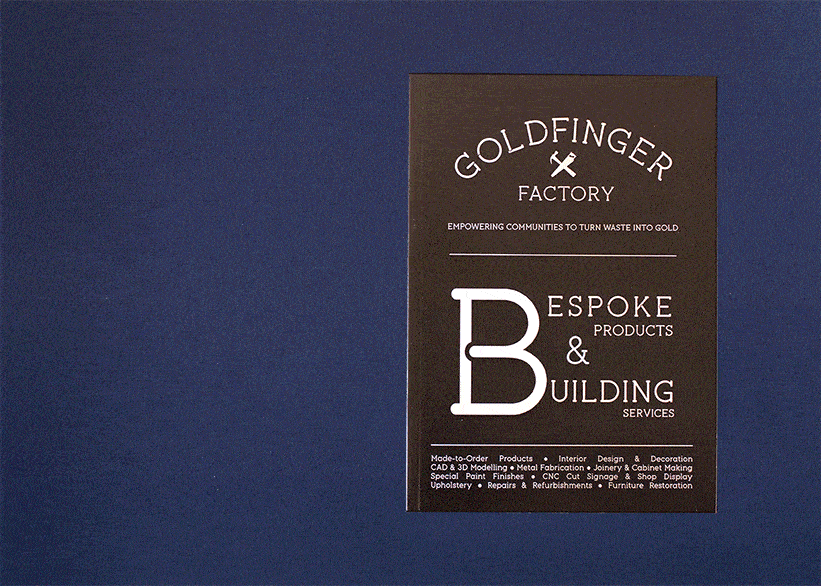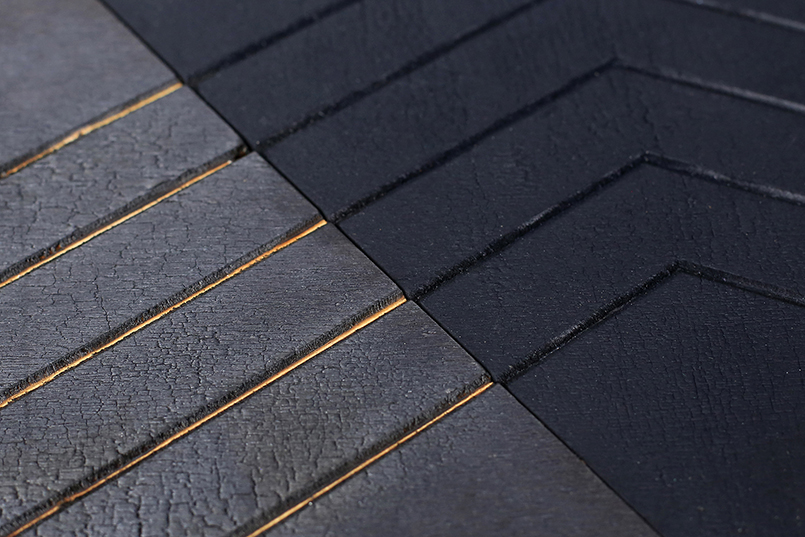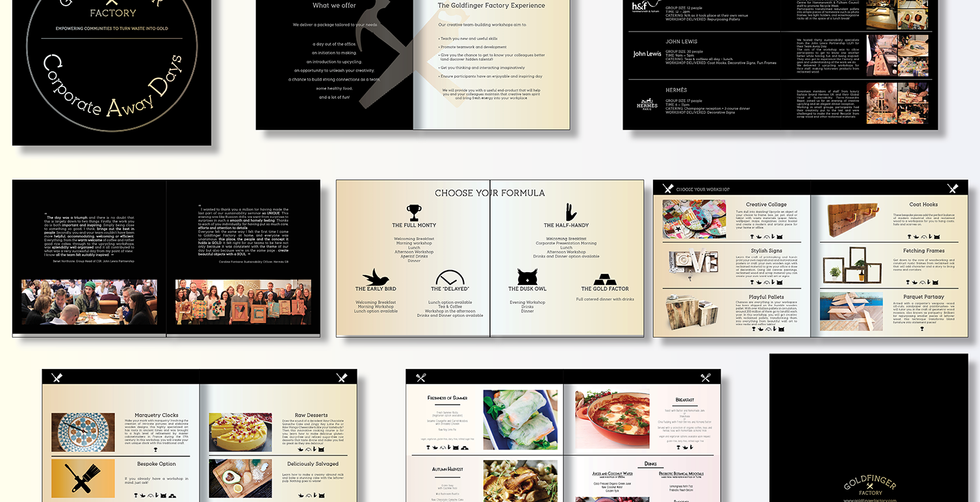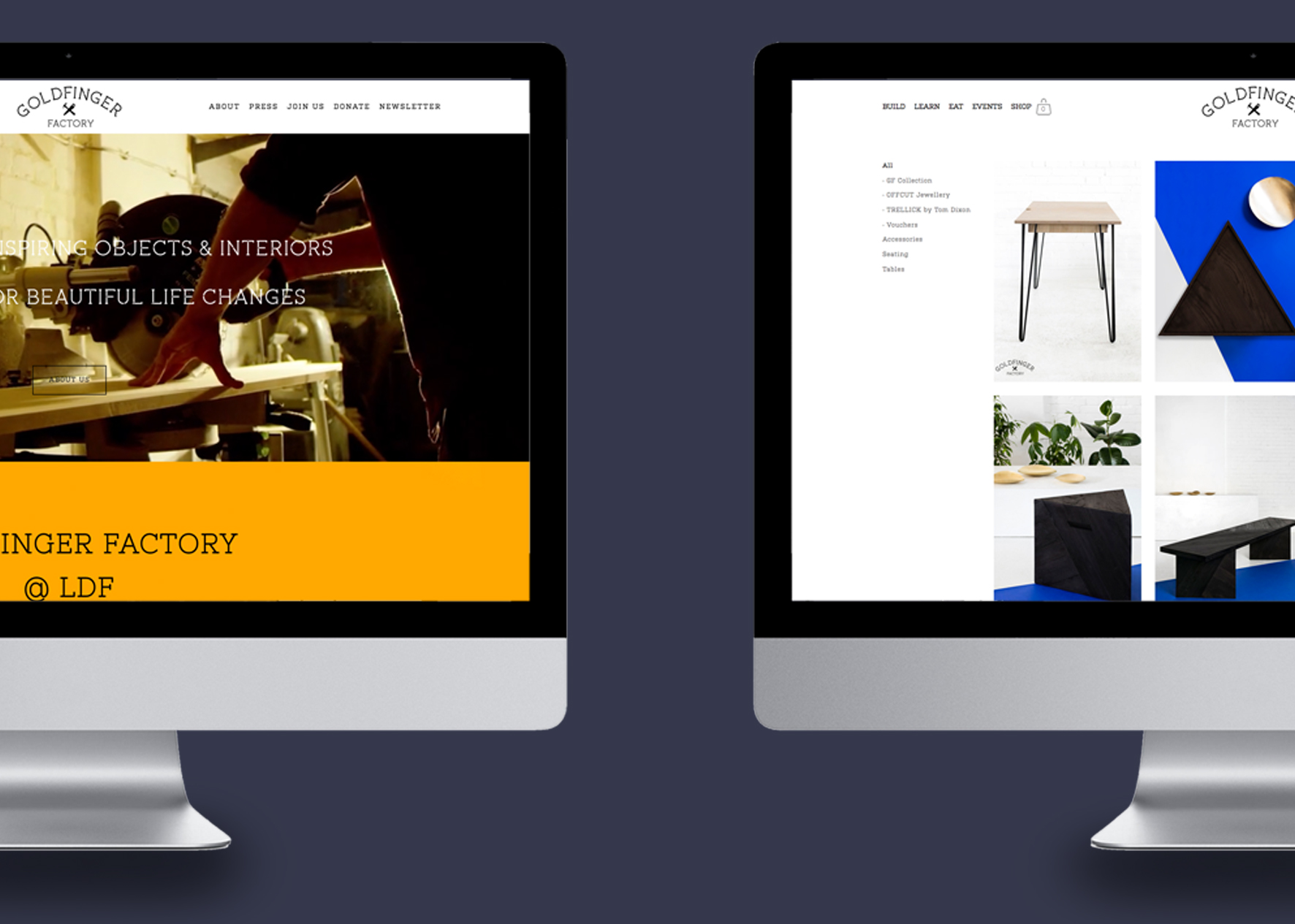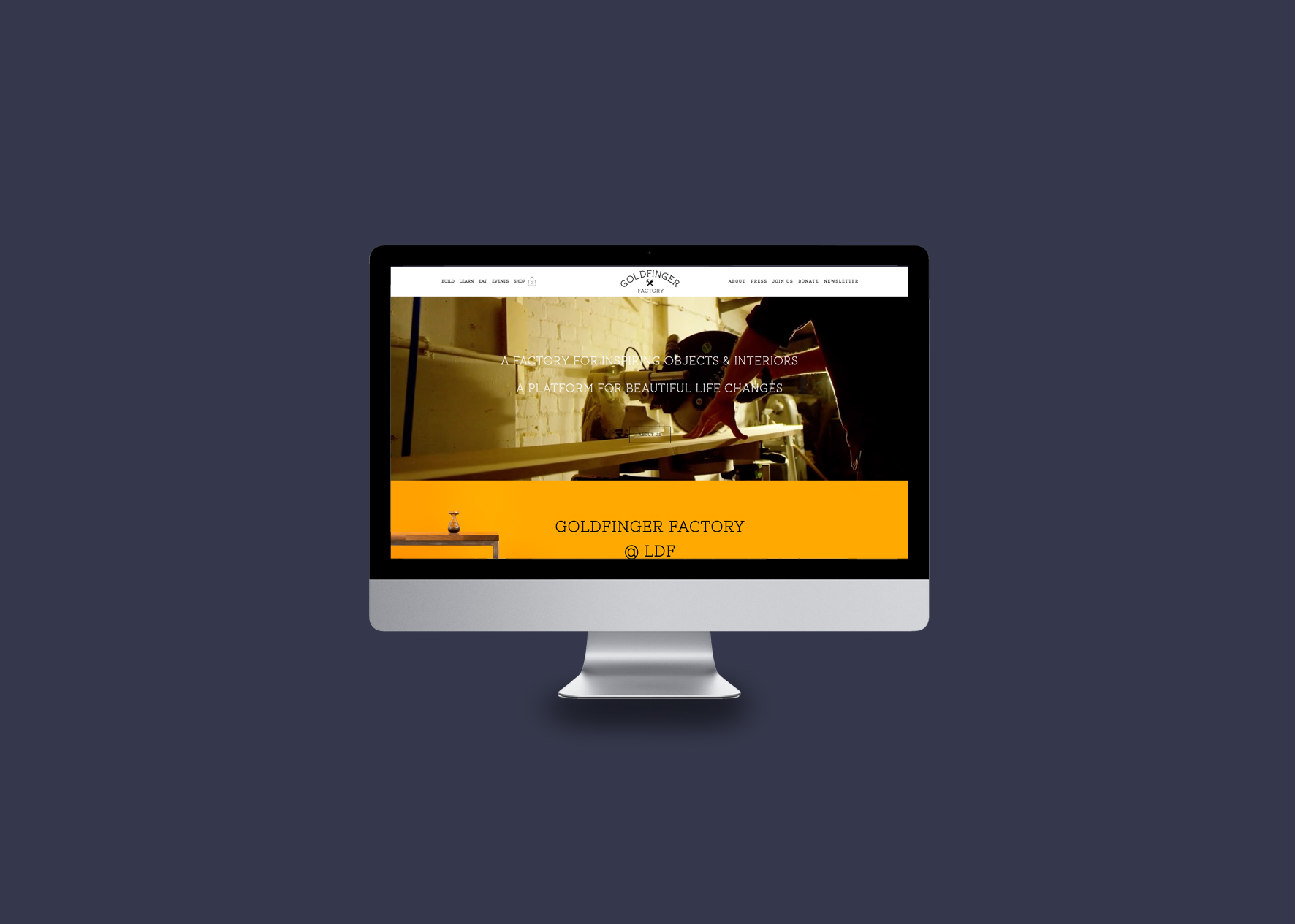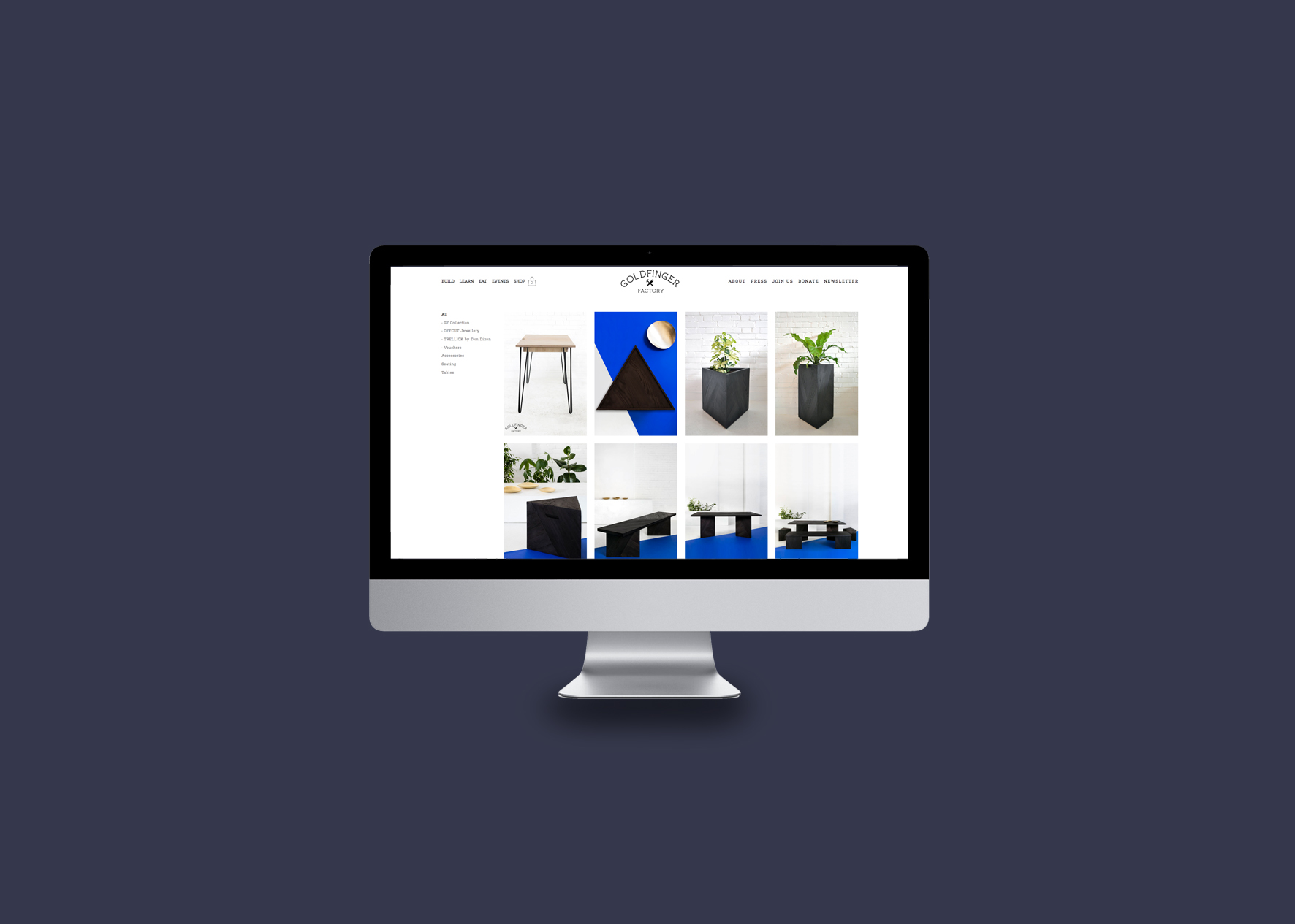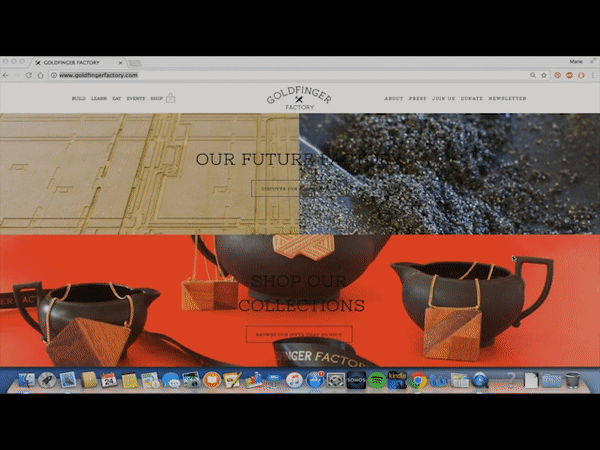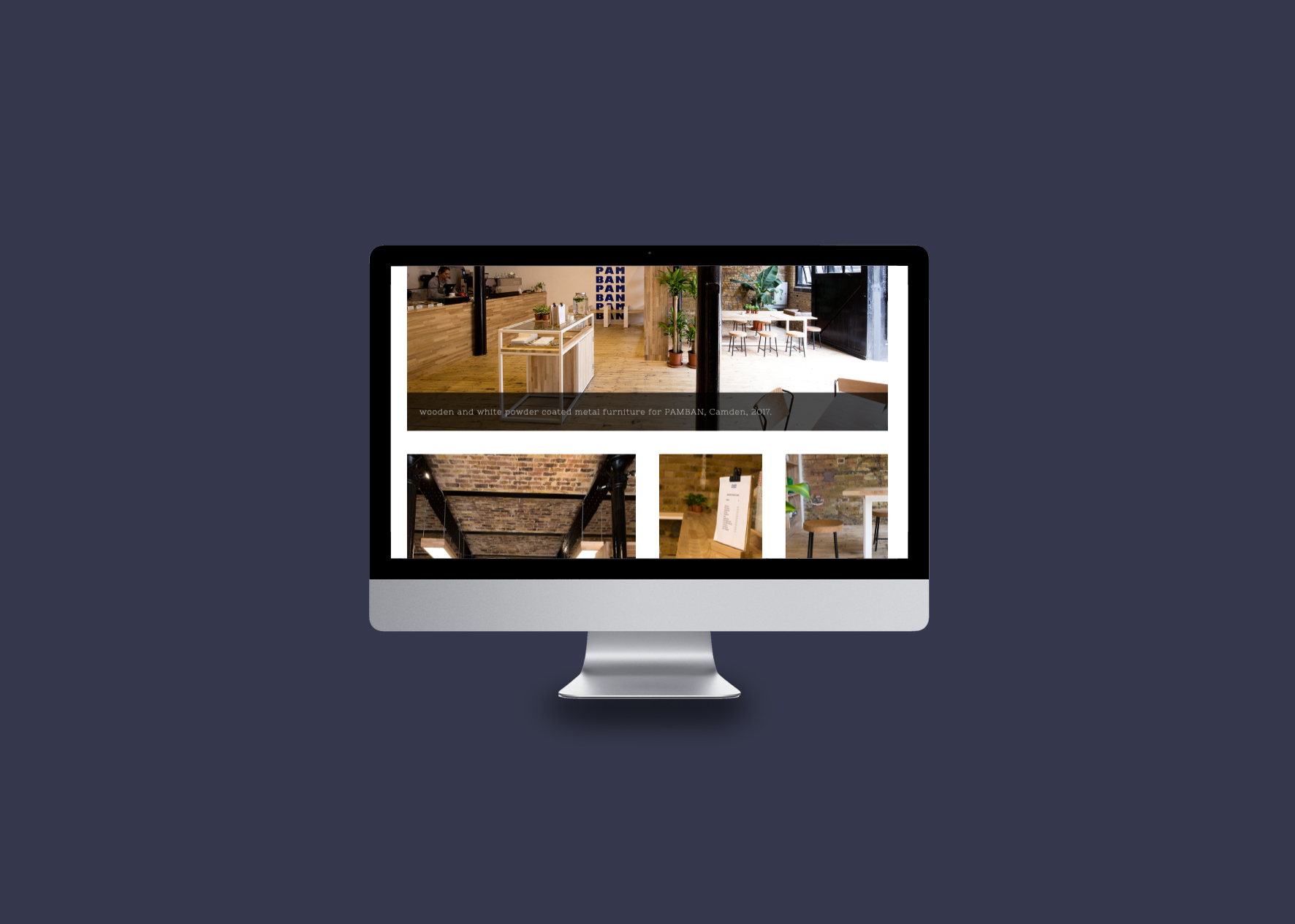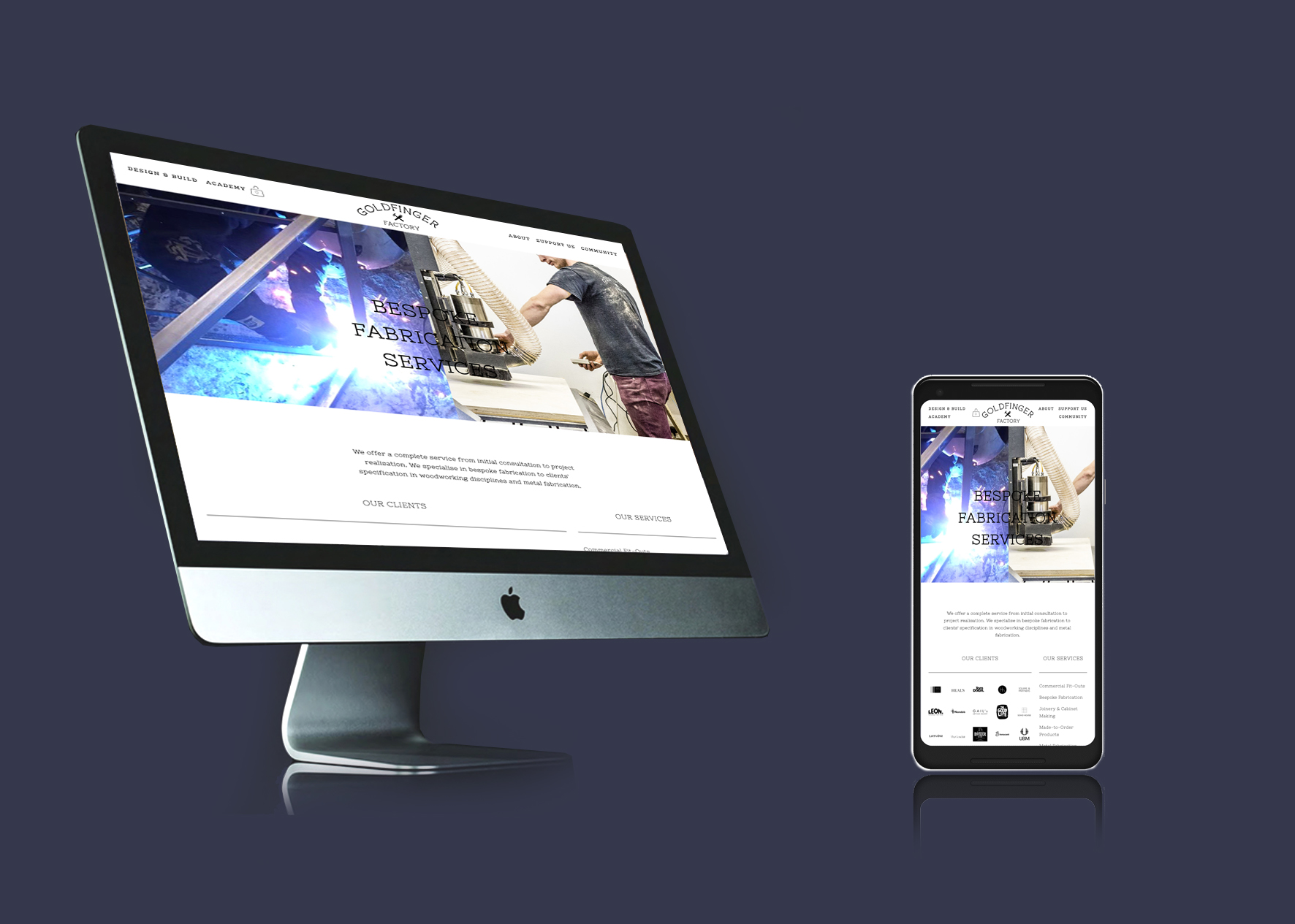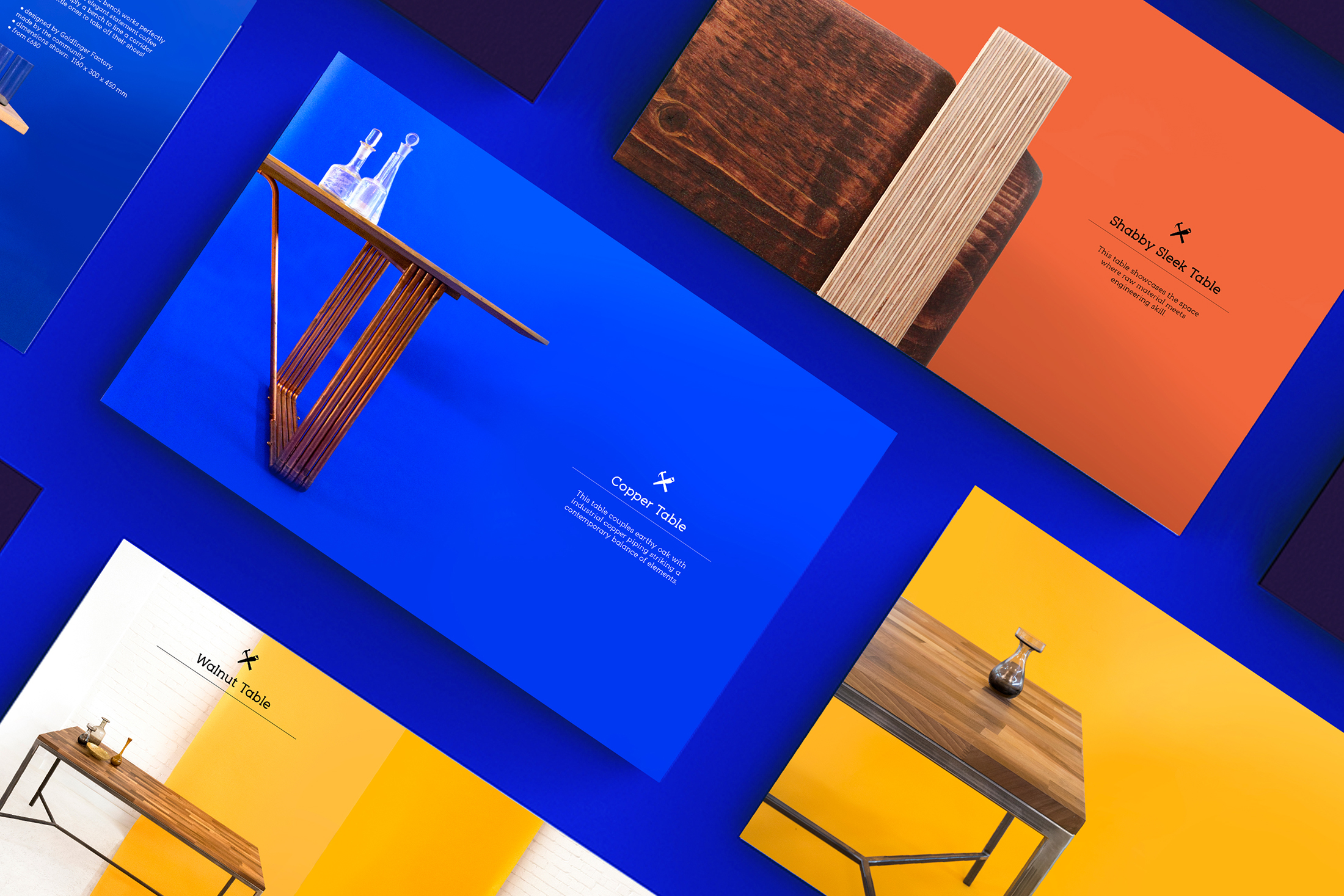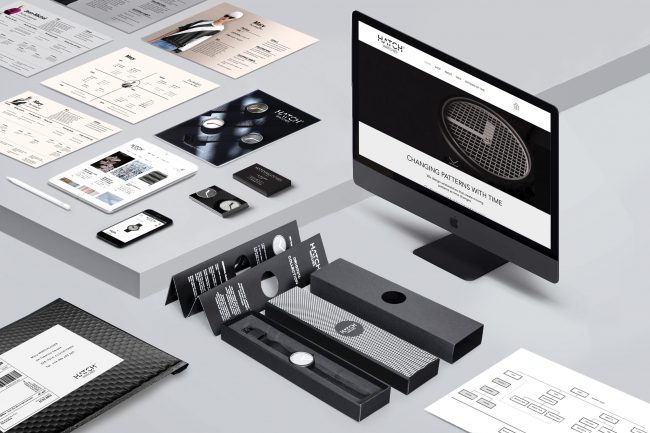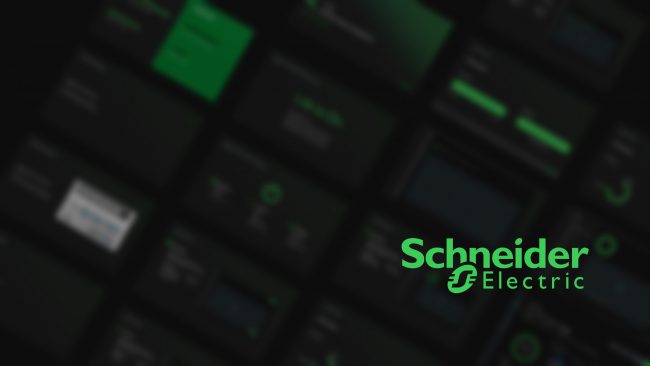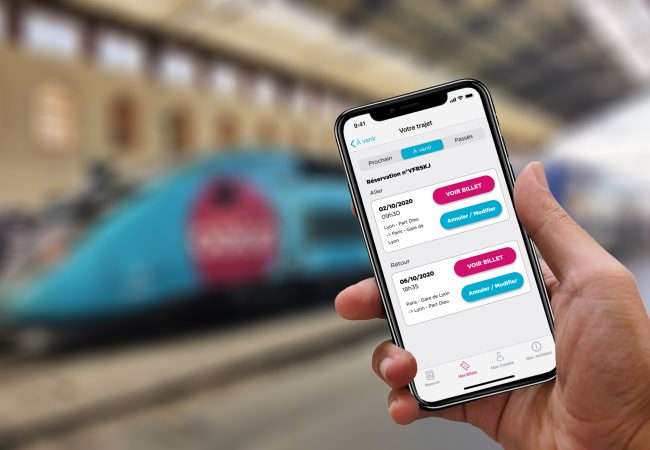Goldfinger Factory
How to develop a company’s services, communication and brand strategy?
Goldfinger Factory is a London-based social enterprise that offers custom-made furniture from repurposed materials while providing job training to people from disadvantaged backgrounds.
While working in close collaboration with the CEO and COO, and as the sole designer in the team, I was responsible for determining the overall design and brand direction and designing and implementing the digital and print communication tools.
Timeline
2014 – 17
Company
Goldfinger Factory
Team
CEO, COO, 7 artisans, 1 shopkeeper, 1 developer, 1 copywriter
Role
Head of Brand
Skills
Brand strategy / User Testing / User Interface / Frontend Development / Graphic Design / Internal Processes / Web Design
Tools
Adobe Suite, Miro, Sketch, Flowmapp, WordPress, Squarespace, html/css/php, Gsuite
Link
How to develop a business by improving its services, communication and brand strategy?
1
Organise the services and facilitate internal processes
2
Design the communication assets and e-commerce platform
2
Refine the brand strategy to offer targeted services and content
Organise the services
Map out and assess the current state
Due to the number of stakeholders and services involved, it is difficult to find coherent communication which causes a loss in business.
There is a diversity of documents and processes, most being created on the spot and not documented for future similar situations. No template is in place.
The company interacts with very diverse groups of people and stakeholders, most of them not fully aware of the whole scope of services offered or even the purpose of the company.
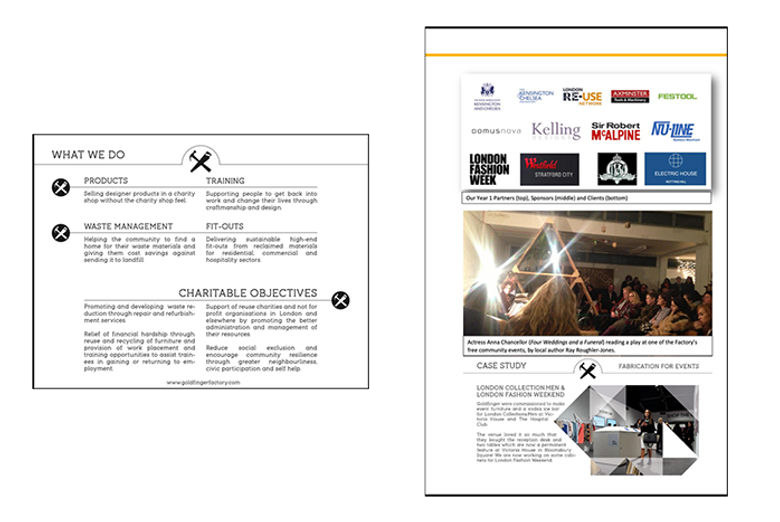
Collecting insight
Through numerous workshops with the CEO and COO, we clarified their vision and goals for the business.
Exchanging with all the team members allowed me to identify their frustrations.
Observing interactions with shop visitors allowed me to identify common questions or grievances.
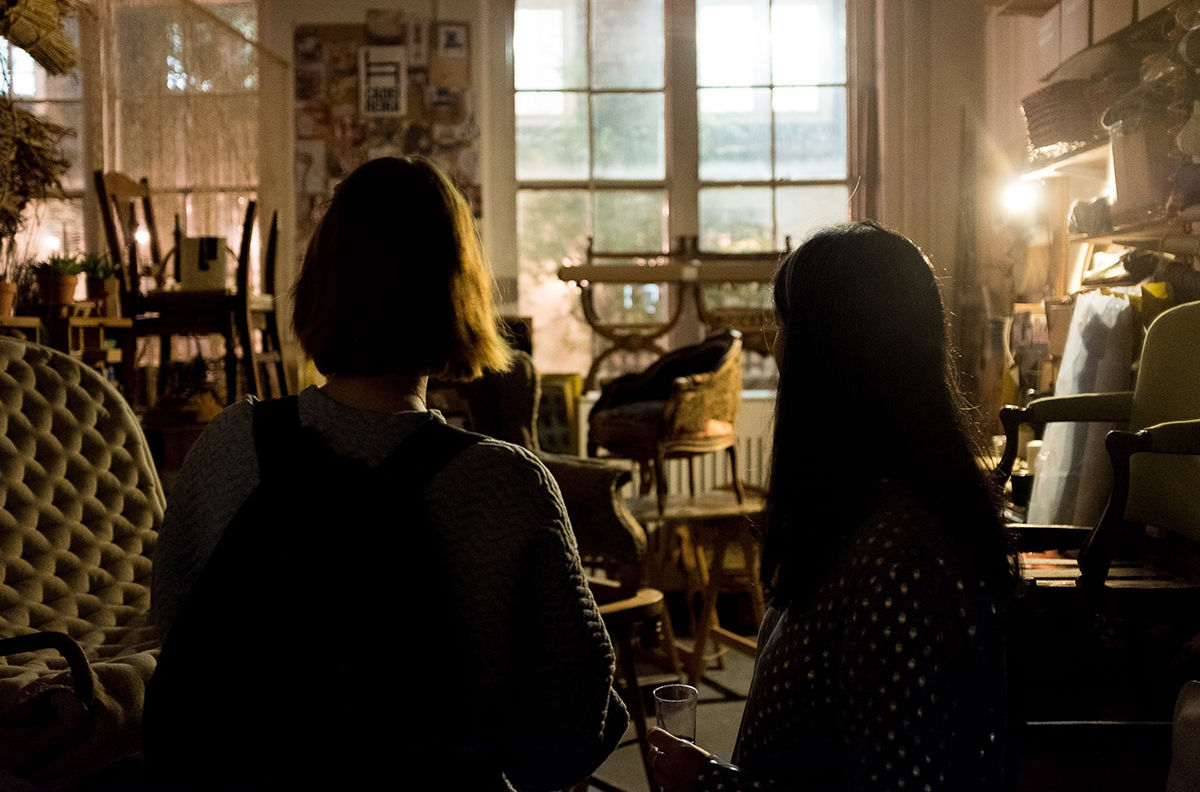
Identified issues
- Wrong tone: Using words intended for sponsors with customers.
- Potential customers and clients are unaware of what this place is and what’s in it for them
- Customers and clients unaware of the whole range of services
- Inconsistent identity in documents, flyers, posters, spaces, etc…
- Painfully slow website (WordPress using too many plugins)
- Website edits are not accessible to people without a web design or development background
- Inconsistent social media engagement due to inconsistent post quality
Metrics
93%
Up to variation of engagement from one Facebook post to another
1%
of conversion rate on website
99%
Of bounce rate on home page
5%
Of profits come from the shop (physical and online)
Organising the information
We mapped out all the stakeholders, services and their interactions to then classify the various activities within themes.
I then transposed the information gathered from observations and interviews to primary (clients) and secondary (employees) personas and mapped their journeys.
In parallel, we defined for each service, which steps were needed and which documents were used to interact with the users.
This allowed us to highlight the pain points, map processes and frame our main design challenges and goals accordingly.
How might we…
…tell our story in a compelling way?
…improve our visual presentation?
…increase our shop sales?
…drive more traffic to our website?
…display and organise all of our services on our website?
…have more social media engagement?
…determine which services correspond to which persona?
…meet adapt our services to meet our stakeholders’ needs?
…document and organise our internal processes?
…determine which documents to produce?
Design communication assets
On-site rapid iterations
We brought storytelling to the fore by collaborating with copywriters and adopting an iterative process with gorilla testing to create meaningful digital and print content that supports our mission, processes and user’s needs.
I produced flyers, brochures in small batches to distribute them and to get them to the test as quickly as possible. Getting people's reactions, allowed us to quickly respond to demand and adapt the content.
Website as a Service
With the COO, we decided to redesign the website and use it as a central platform for our activities and communication. This is where shop, bespoke orders, events, payments and newsletters were centralised. The information architecture of the website follows the activities and services offered.
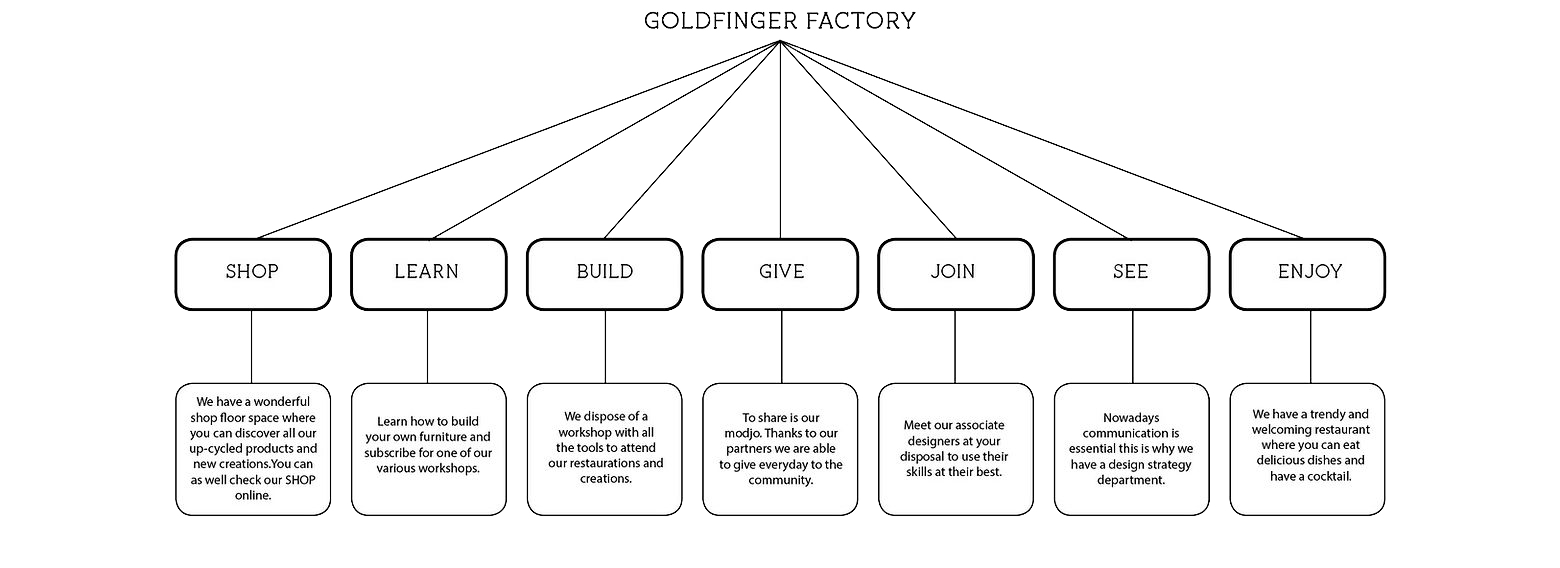
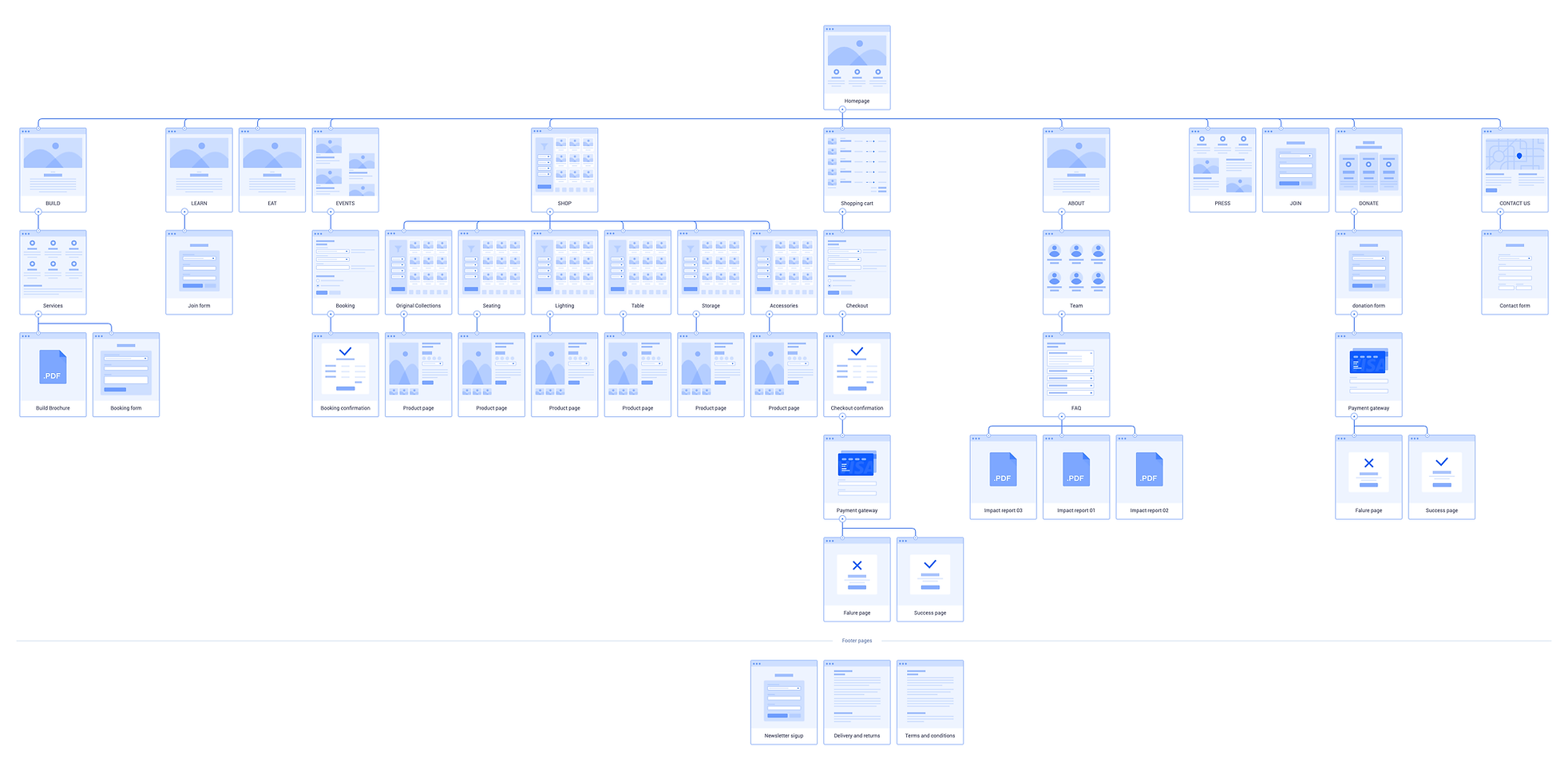
I designed and implemented the final e-commerce platform using Squarespace, as this would allow other team members to easily update case studies and events through an ergonomic interface. The prototype design was tested with a reduced number of visitors and employees before the official launch to identify bugs and wording issues.
Branding Guidelines
I gathered all of my previous aesthetic decisions in exhaustive brand guidelines to guarantee visual continuity through all of the physical and digital materials.
Extending the brand visual universe and brand guidelines supports our intention to bring coherence and unity between the different services and communication assets, and to build a stronger brand presence.
Refine brand strategy and create targeted content
Over time, we have grown our customer and market knowledge enough to refine our service and brand strategy, and to design targeted marketing content accordingly.
Market analysis and brand strategy
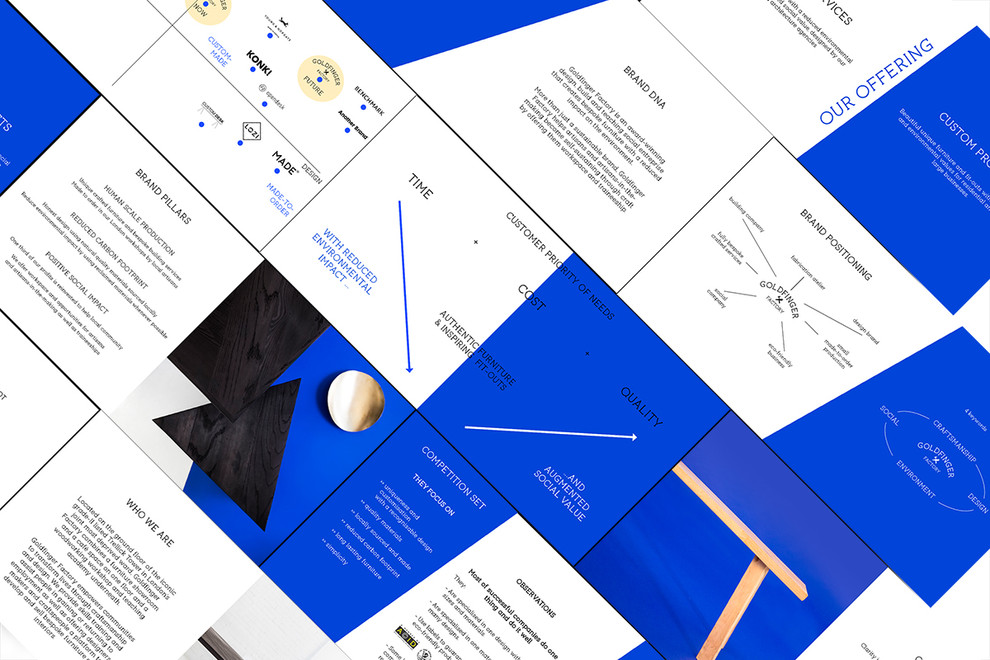
Based on market analysis, I reframed the brand DNA, mission, position and pillars. We also assessed which services were successful over time and which weren’t despite our iterations.
Curated Products
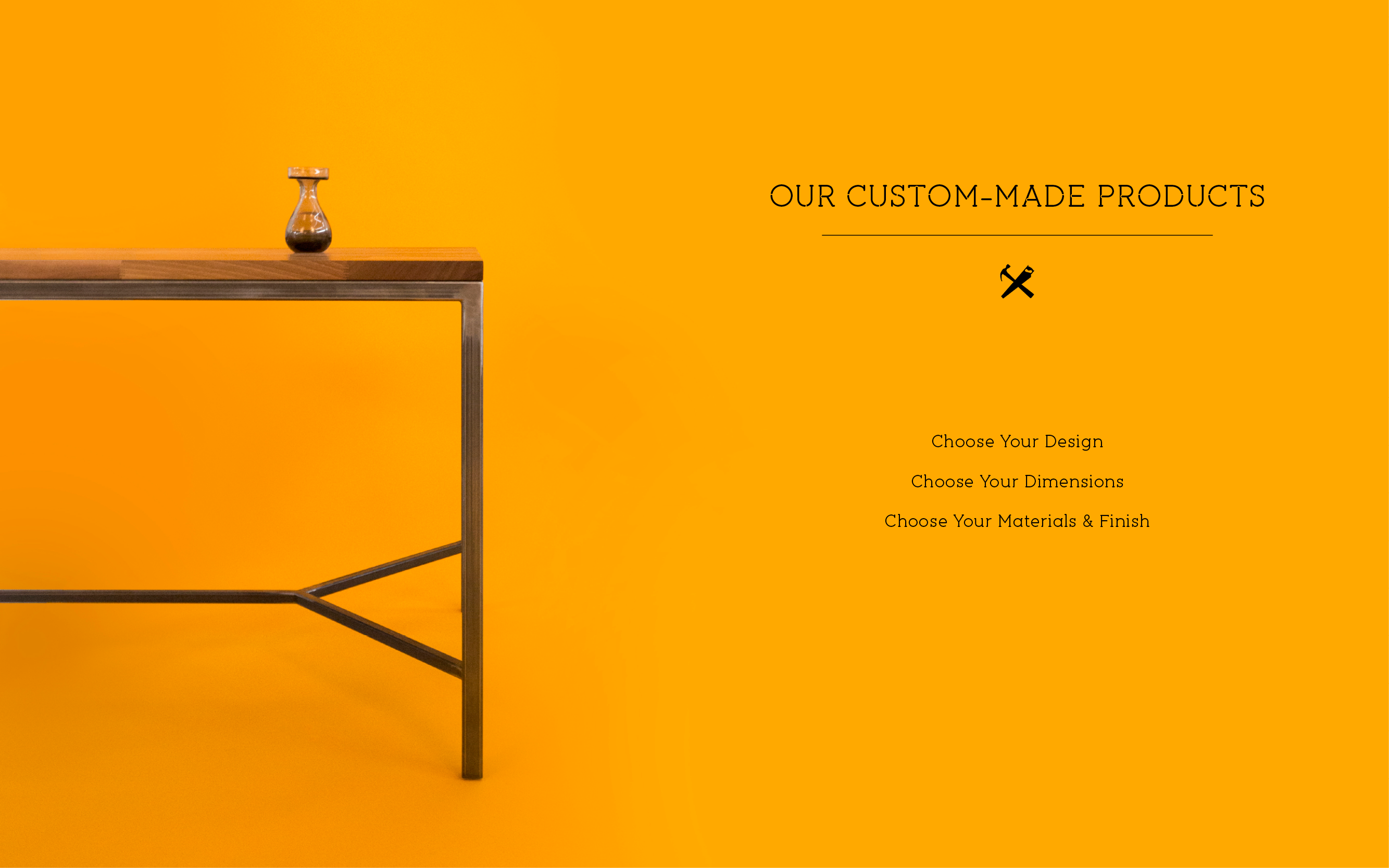
Even with a better layout and website, the shop sales were not working at all as the products offered was too wide, too expensive and not unique enough.
We decided to completely get rid of most of the repurposed products to focus on original designs made in-house. Inspired by design editions, we created collections in collaboration with designers. We modified our website accordingly. We also transformed the shop into a showroom.
Reframing the Offer
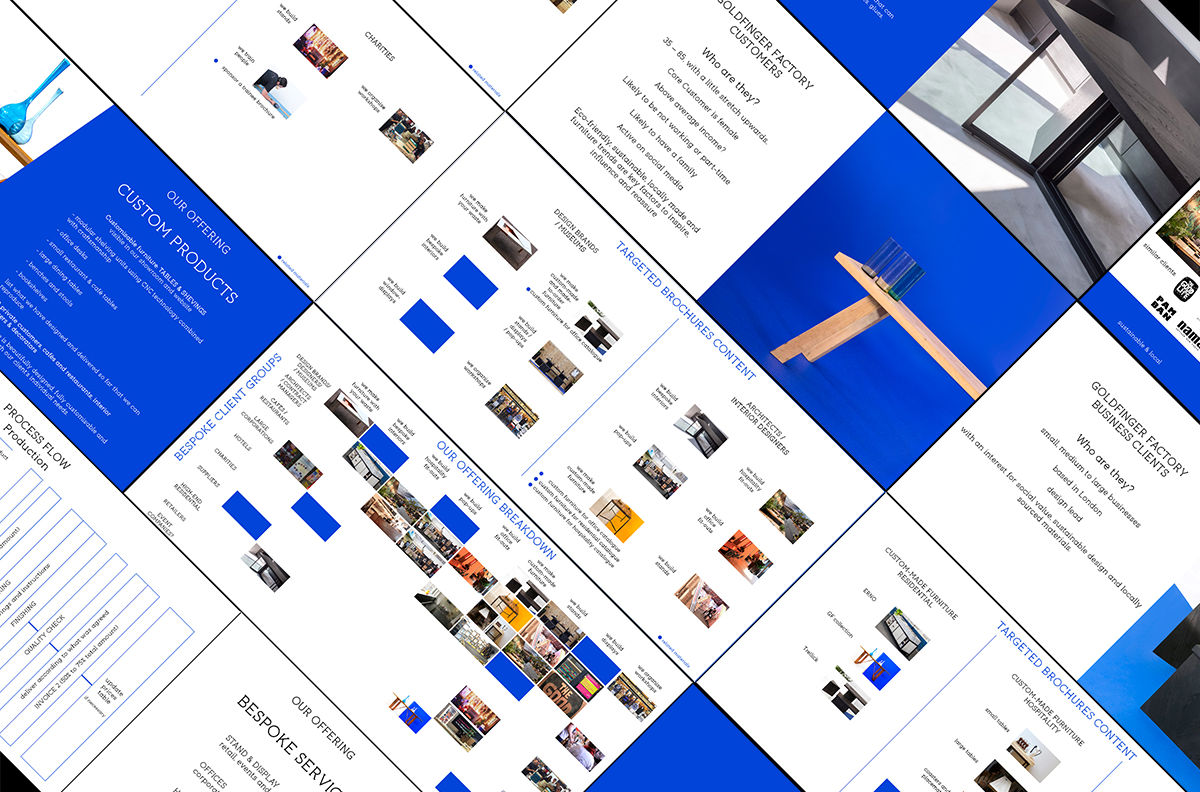
Selling commissions and building furniture for private clients wasn’t very profitable and the private customers were more interested in attending workshop or café events.
We decided to focus primarily on bespoke commissions for hospitality and offices and to keep the residential offer to a selection of ready-to-order items.
Create targeted content
I gathered and selected relevant case studies and products to present in targeted catalogues and brochures for each client type.
I also decided to opt for a digital format as this is more adapted to the sales process (email communication) and allows the flexibility to add or replace case studies over time while cutting on printing costs.
Impact & Takeways
Impact
Through 3 years of collaboration, I was able to create a strong brand universe and to refine the quality of communication and experience for all the stakeholders.
My contribution enabled the company and its people to have a positive impact on their local community, to gain more recognition in the London design landscape and prestigious business partnerships with frontrunner in the design industry.
In numbers
+525%
REVENUE GROWTH
from 2014 to 2017
+250%
increase in conversion rate between 2014 and 2016
+8
New Sponsors of which Fondation d'entreprises Hermès
+ Partnerships with brands and institutions like
V&A, Design Museum, Tom Dixon, John Lewis
+ Participation since 2016 to the
London Design Festival
+ Seen in
Grand Designs (2016), Icon Magazine (2016), The Times (2017)…
In words
“You did so much for us and this place wouldn’t be what it is without you. Thank you for your ability to summarise everything with such accuracy and to transform it into wonder.”
Oliver Waddington-Ball, Founder of Goldfinger Factory
Conclusion and takeaways
This experience has tough me that within a fast-changing startup organisation involving people with different perspectives, projects can become a little bit messy and you will have to adjust your work a few times. It also takes time and trial and error to change organisations and get things right.
I feel very proud that between 2014 and 2017 I have created a framework and tools that are still in use today! The company has since further evolved and simplified its offer even further increasing the product quality and adopting a new brand identity to match this new intention in the process.
